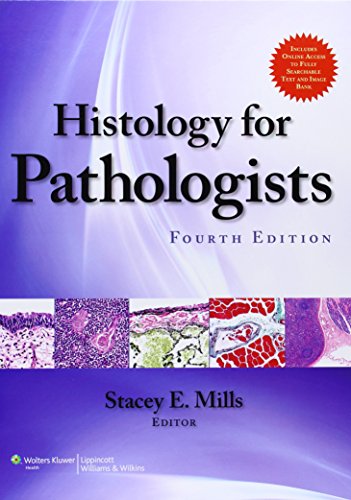Histology for Pathologists book download
Par ritchie kyle le mardi, juillet 5 2016, 02:56 - Lien permanent
Histology for Pathologists by Stacey E. Mills


Histology for Pathologists Stacey E. Mills ebook
Publisher: Lippincott Williams & Wilkins
Page: 1280
ISBN: 0781762413, 9780781762410
Format: chm
Leanne Harris (Thesis), Dublin Institute of Technology. Histologically, diffuse mesonephric hyperplasia and adenocarcinoma with malignant spindle cell proliferation was recognized, and therefore the tumor was diagnosed as “mesonephric adenocarcinoma with a sarcomatous component. In the pathology lab, however, we grade cancer based on parameters like tumor size and gross/histological morphologies. In my mind, this divide is essentially between the future of oncology's ontology and its barbaric past. The automation revolution has gained momentum in anatomic pathology and is now transforming the histology lab in ways that force us to rethink our process. Records were studied for reporting tract metastasis. Peritumoral fat was histologically examined. The trocar used for biopsy-guidance was examined by cytology. American Academy of Orthopaedic Surgery and Musculoskeletal Tumor Society. Library of the Health Sciences-Urbana a UIC Library on the UIUC campus. Current Issue - Journal of Cytology & Histology Change is a peer-reviewed, open access journal that publishes original research articles and studies in the field of Cytology and Histology with best editors for respected journals. Studies in anatomical pathology as gold standard has been challenged because of the difficulties in reproducibility of histological diagnosis due to inter-observer variation. Using histology, pathologists classify mesothelioma cells into three general types based on the pattern of cellular tumor tissue were observed under a microscope: epithelioid, sacromatoid or biphasic (mixed). Histology was analyzed by general pathologists and reviewed. North American Society of Head and Neck Pathologists. Journal of the American Medical Association (JAMA), 11-APR-07, Volume 297, Larry I. Analysis of Abalone (Haliotis discus hannai and haliotis tuberculata) shellfish histology and pathology using microscopic and molecular methods. In diagnostic pathology, 10% buffered formalin is the most common fixative and in research pathology, paraformaldehyde seems to be a common choice.